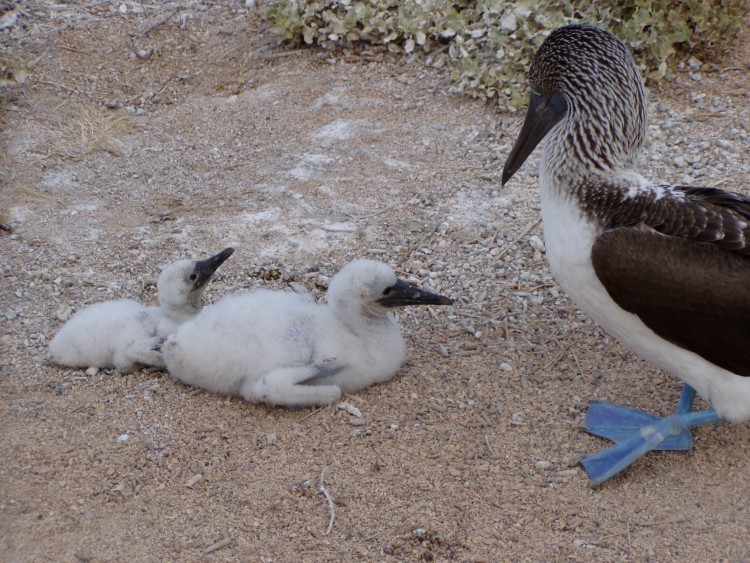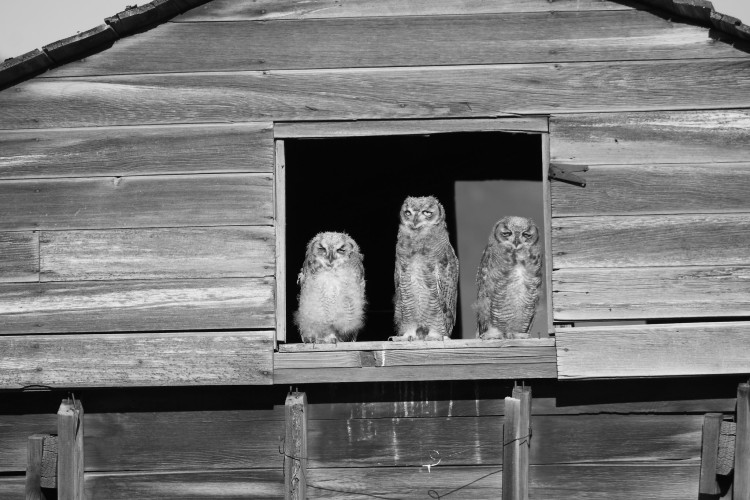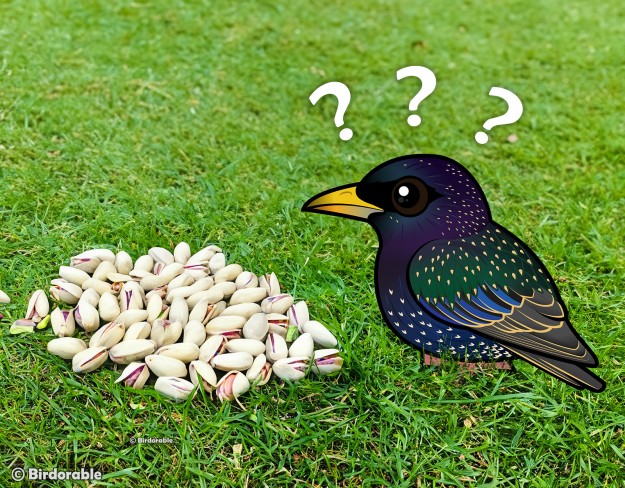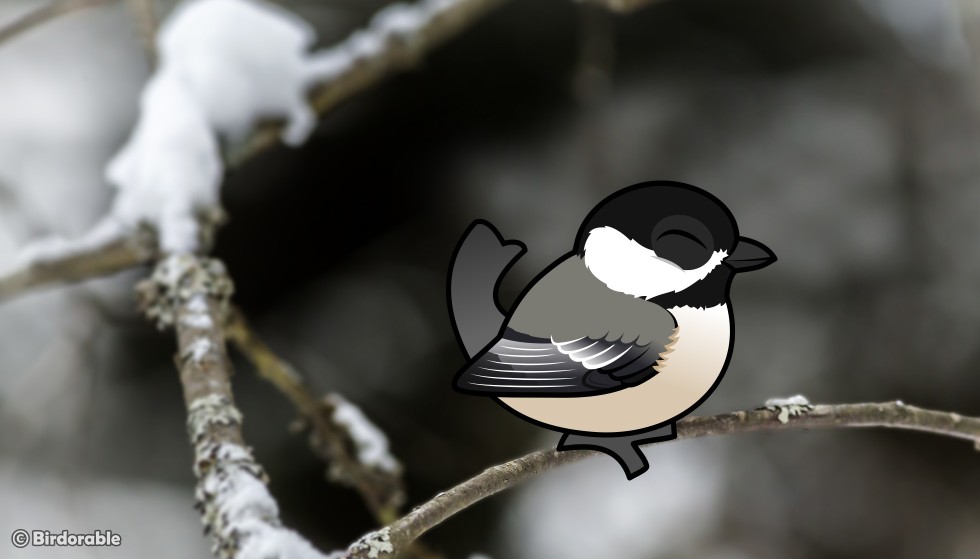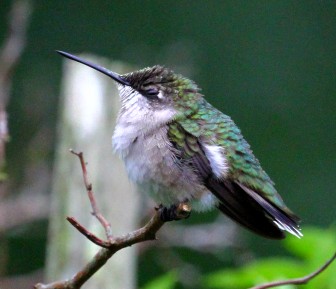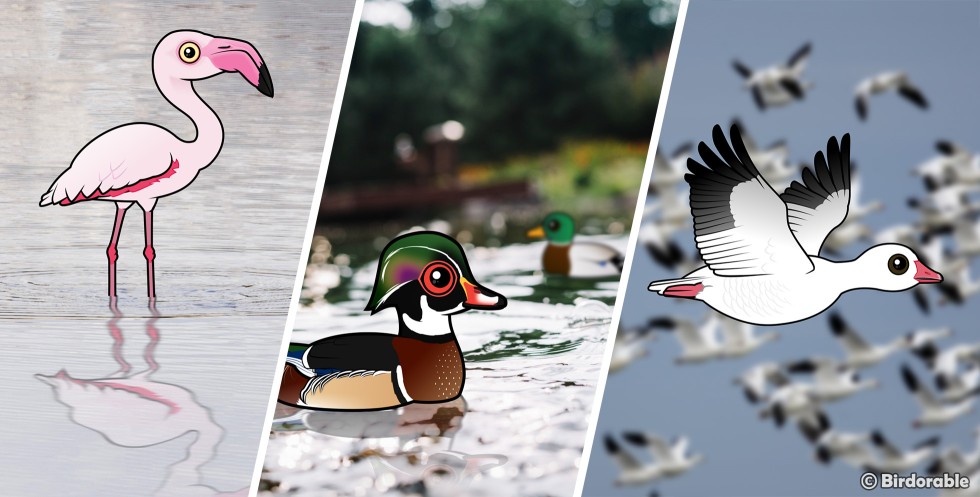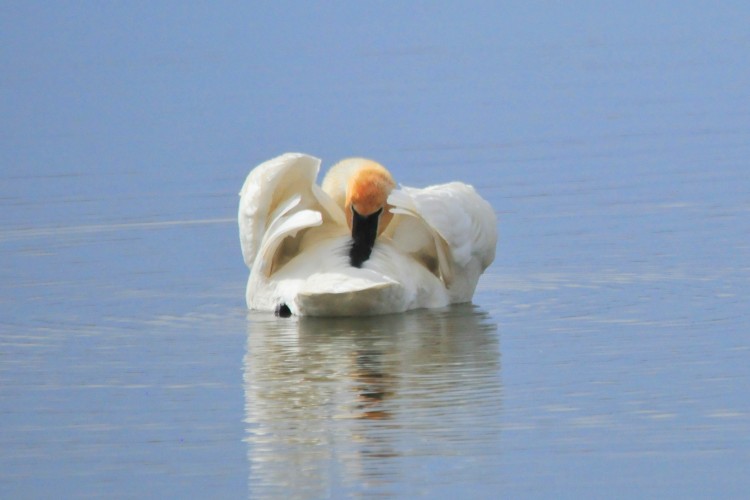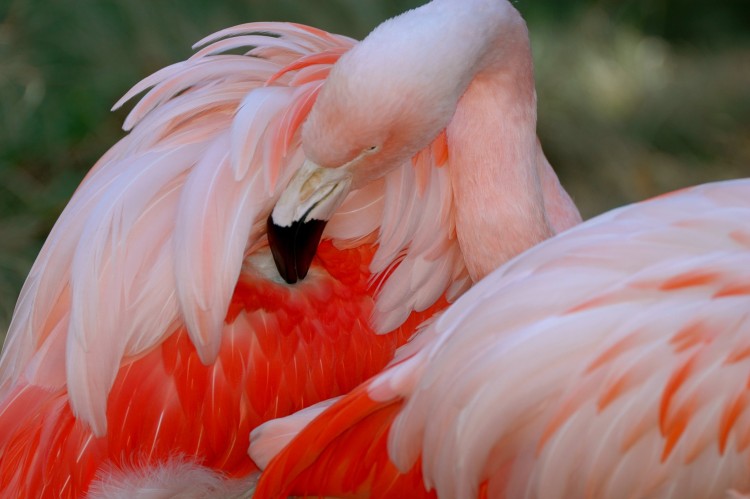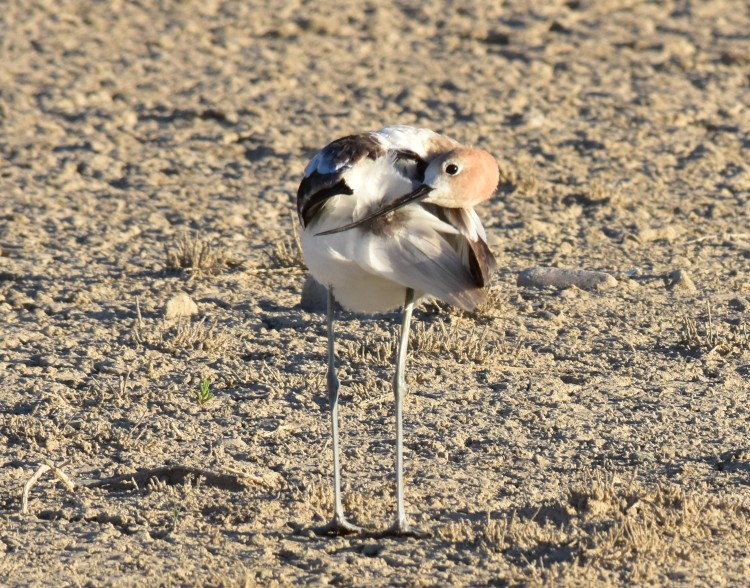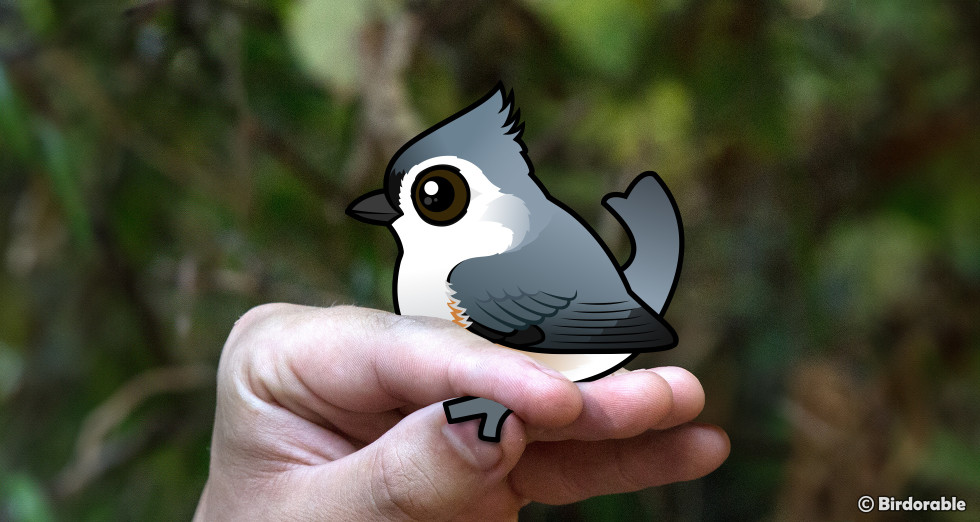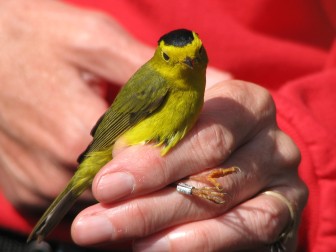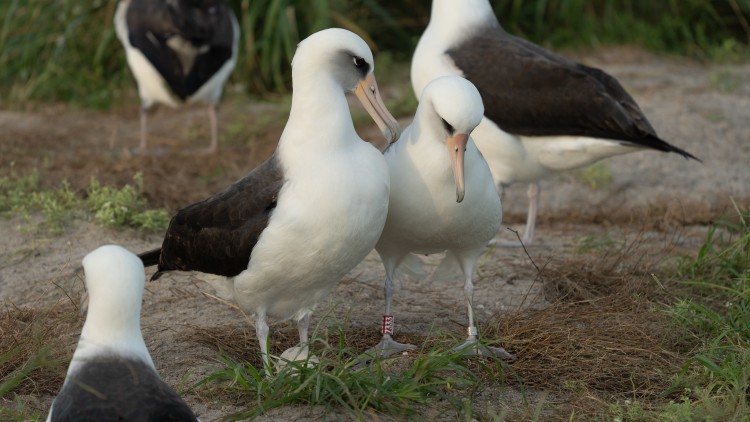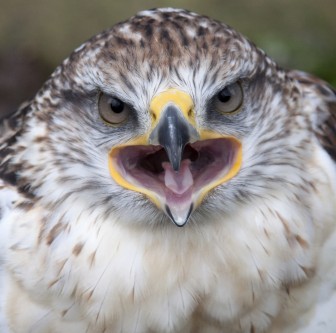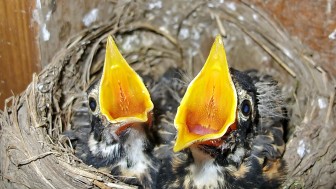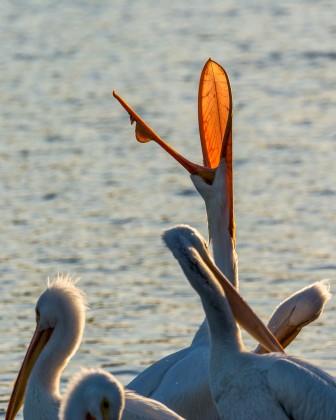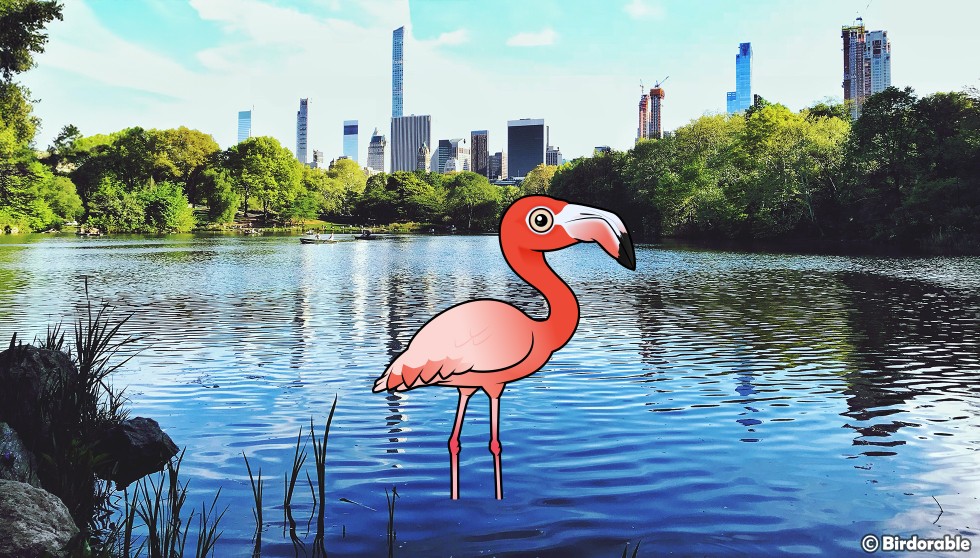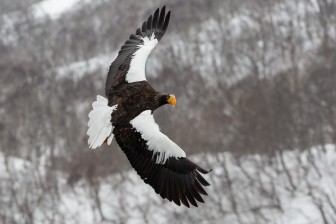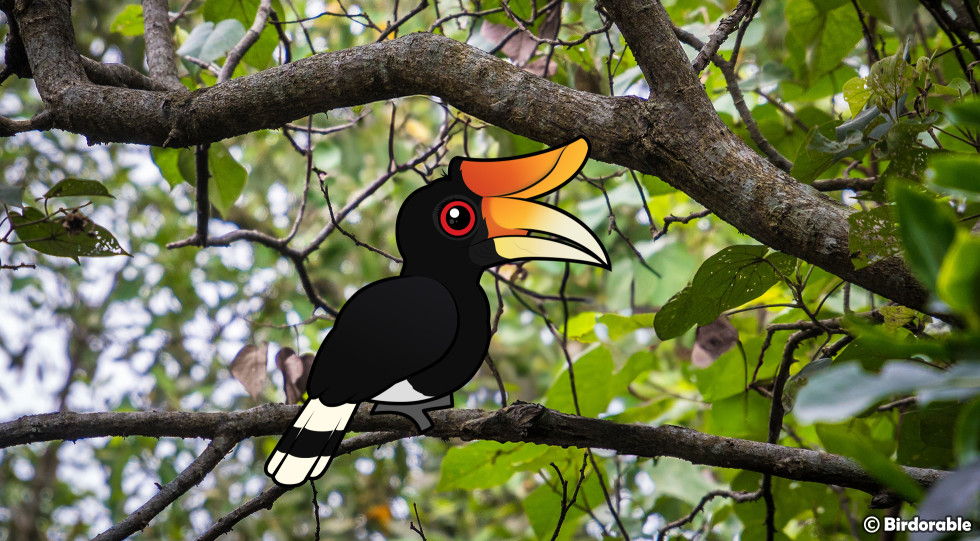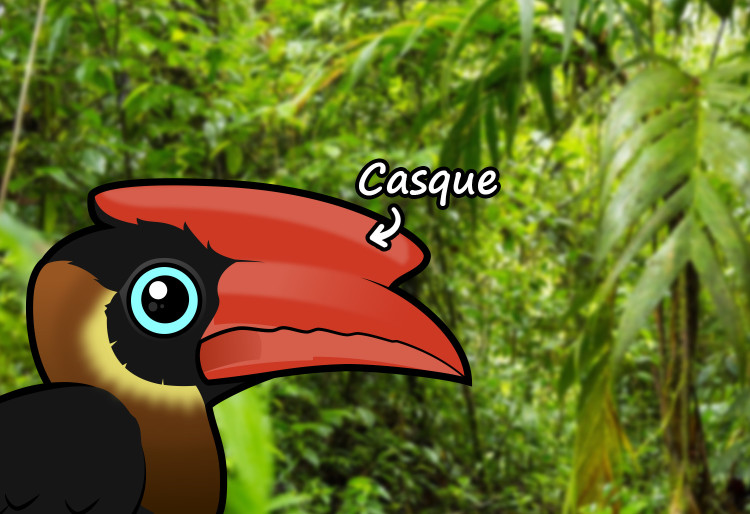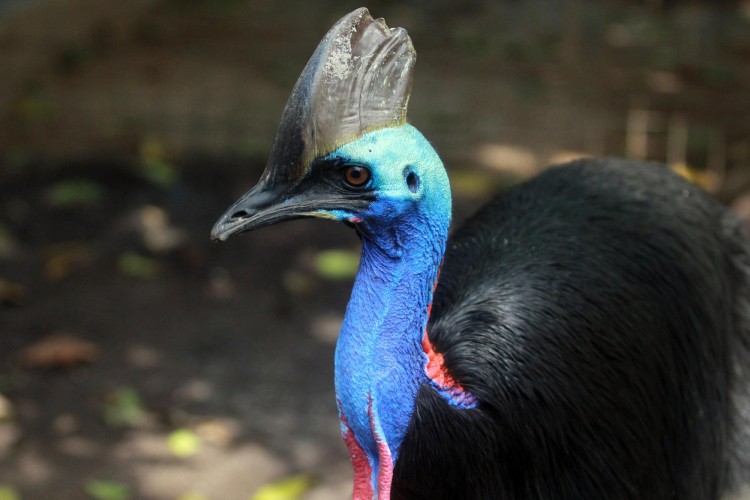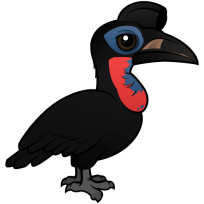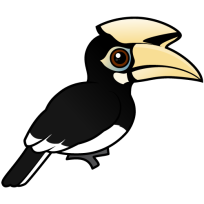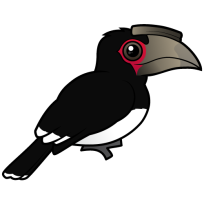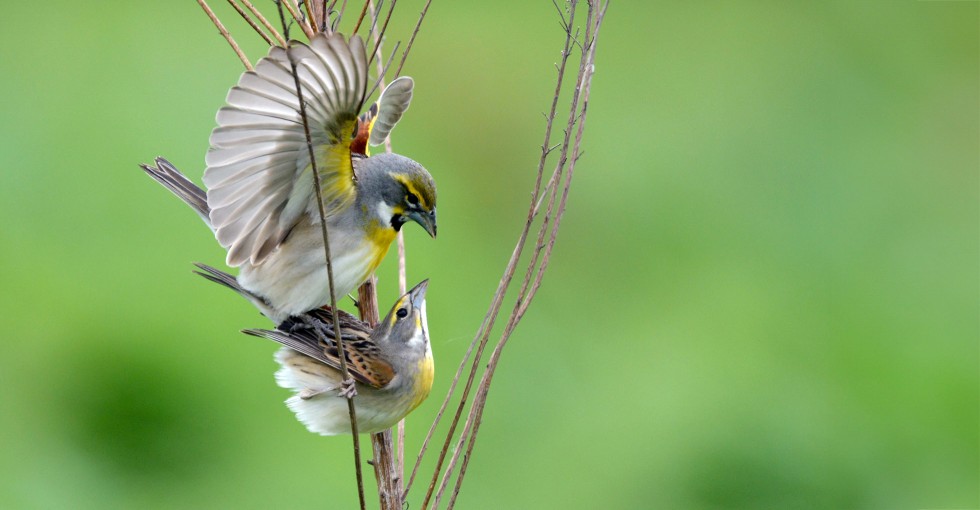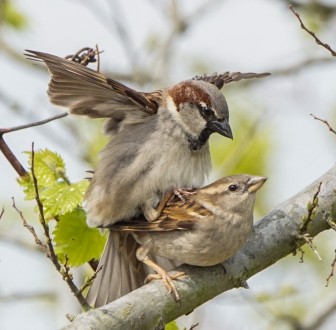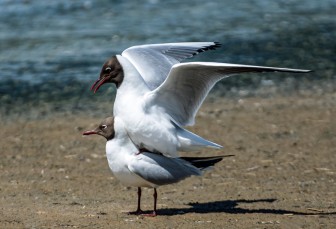Bird Term: Endemic
What It Means for a Bird to Be Endemic
We've talked about endemic birds a few times on this blog, notably during our recent Puerto Rico week, but we've never really explored exactly what it means to be endemic. Let's look into the meaning of endemism and birds!
When a bird is described as "endemic" to a region, it means that the species is naturally found only in that specific area and nowhere else in the world. Endemism occurs when a bird evolves in isolation, often on islands, mountain ranges, or other geographically restricted locations. These species may be highly adapted to the unique environment of their home region.
Islands are hotspots for endemic bird species. For example, the Galápagos Islands are famous for their endemic finches, which helped Charles Darwin develop his theory of evolution. Each finch species on the islands evolved different beak shapes depending on their food source, and none of them are naturally found anywhere else.
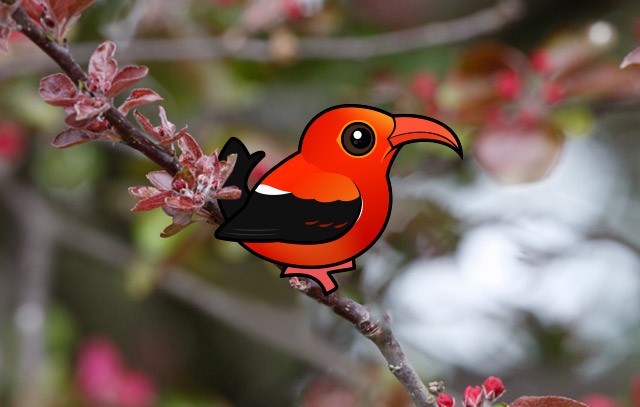
Hawaii is another place rich in endemic birds, like the ‘I‘iwi and the Nēnē. These birds evolved in isolation over thousands of years, adapting to the islands’ specific conditions. Unfortunately, many of Hawaii’s endemic birds are now endangered or extinct due to habitat loss, introduced predators, and diseases brought by non-native species.
Endemism isn't limited to islands. Mountain ranges, deserts, and other unique habitats can also host endemic species. For instance, the Ethiopian Highlands are home to several endemic birds, like the Ethiopian Bush-crow and the Abyssinian Catbird. These birds have adapted to high elevations and specific ecological conditions that aren't found elsewhere.
By the way, endemism doesn't necessarily refer to a species that lives in a tiny area. We can also say that a species is endemic to a state (like the Florida Scrub-Jay), a country (like the Red Warbler of Mexico), or even a continent (like many of Australia's birds). Most often, though, when we refer to an endemic bird, we are talking about a specialty found in a small range within one geographically designated area (most often a state, or a country).
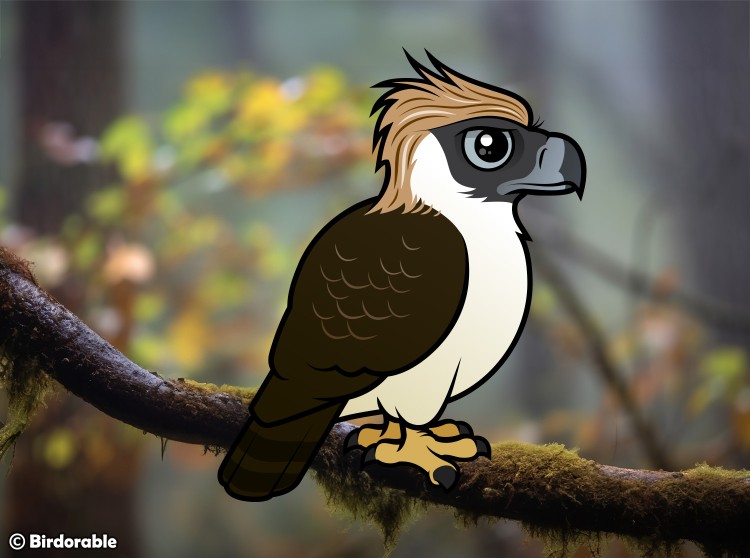
Being endemic can make a bird species more vulnerable to threats. Because they have such a limited range, any change to their habitat—whether it's deforestation, climate change, or the introduction of invasive species—can have a big impact. Conservation efforts often focus on protecting endemic species because losing them means losing a piece of biodiversity that exists nowhere else.
Some endemic birds are iconic symbols of their regions. The Brown Kiwi is endemic to New Zealand and is deeply tied to the country's identity. The Philippine Eagle and the Cuban Trogon are both national birds of their respective endemic countries. These birds all play important roles in both local ecosystems and human cultures.
Birdwatchers often travel to see endemic species because their rarity adds excitement to birding trips. Endemic birds are a major draw for eco-tourism in regions like Madagascar, the Philippines, and New Guinea, where biodiversity is high and many birds are found only in specific habitats.
So, when you hear that a bird is endemic, it means that bird is a unique natural treasure of its region. These birds remind us how diverse and specialized life on Earth can be—and how important it is to protect their habitats so they can continue to thrive.


















